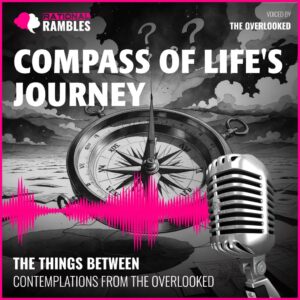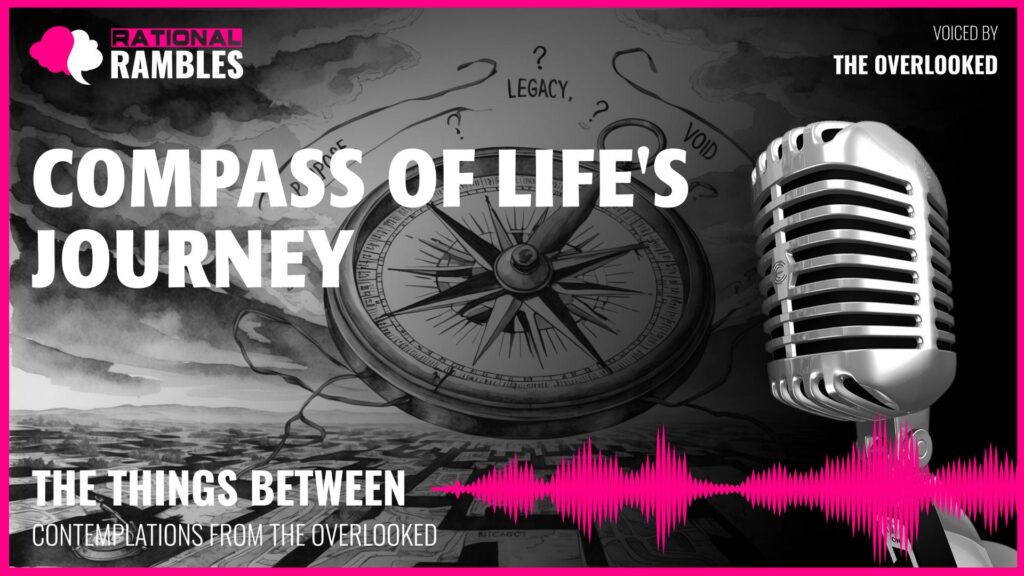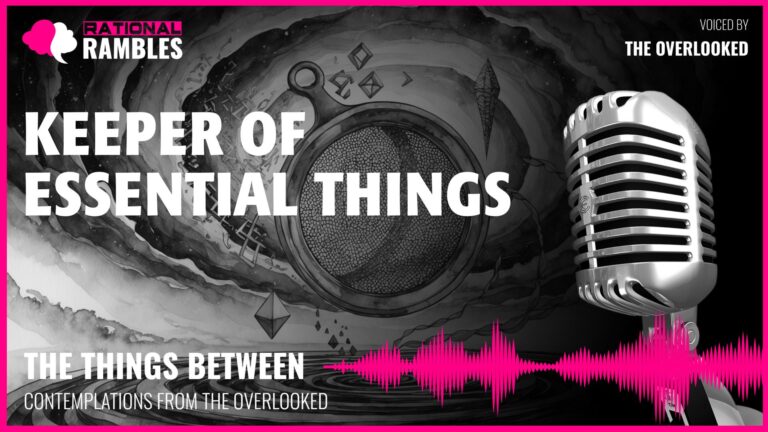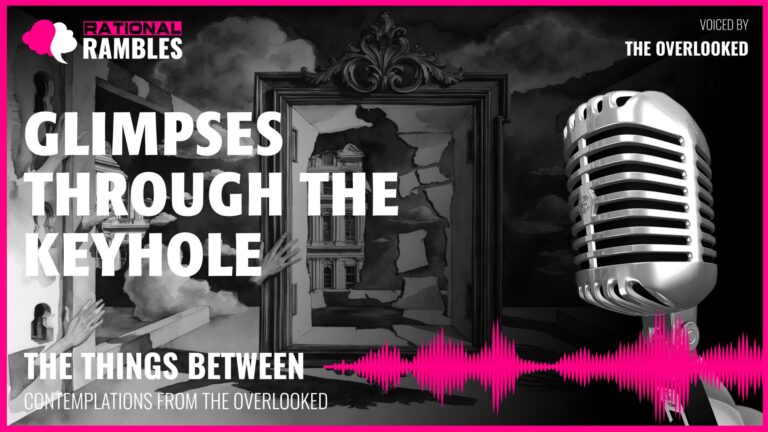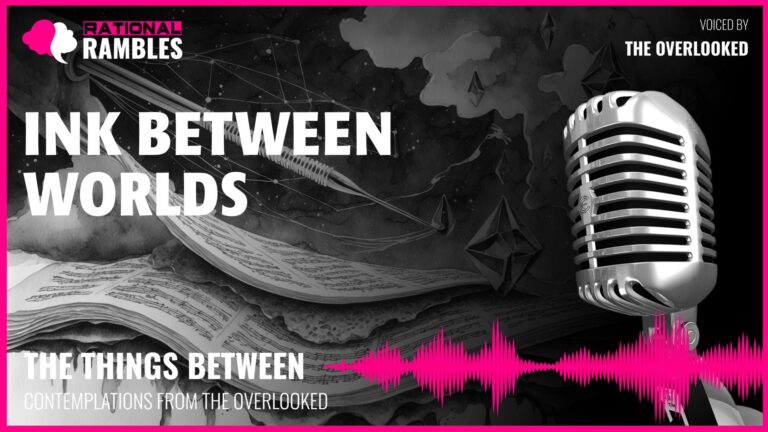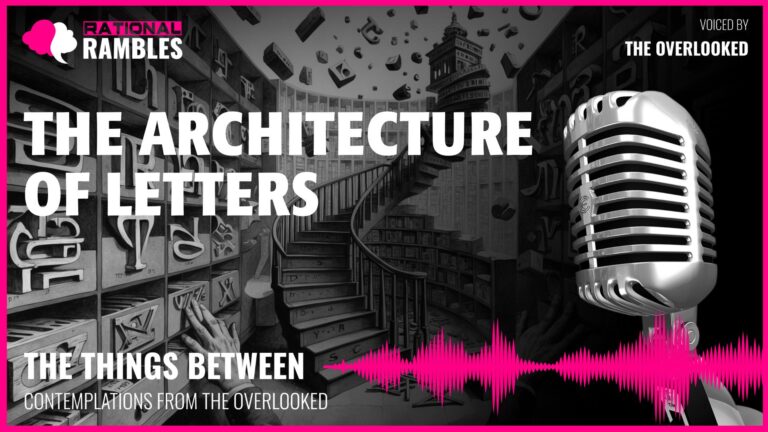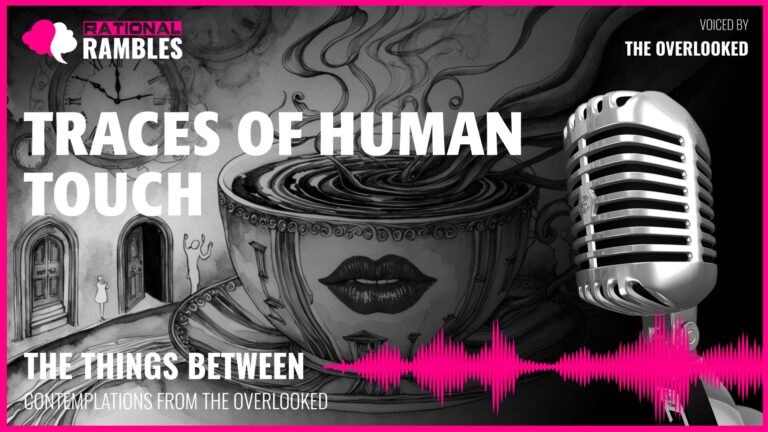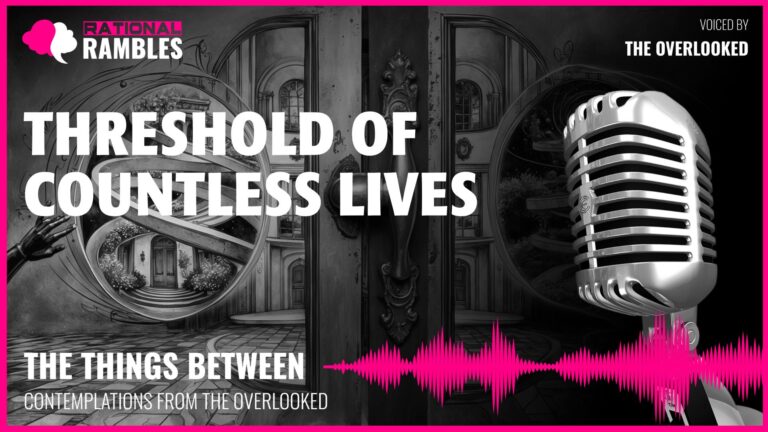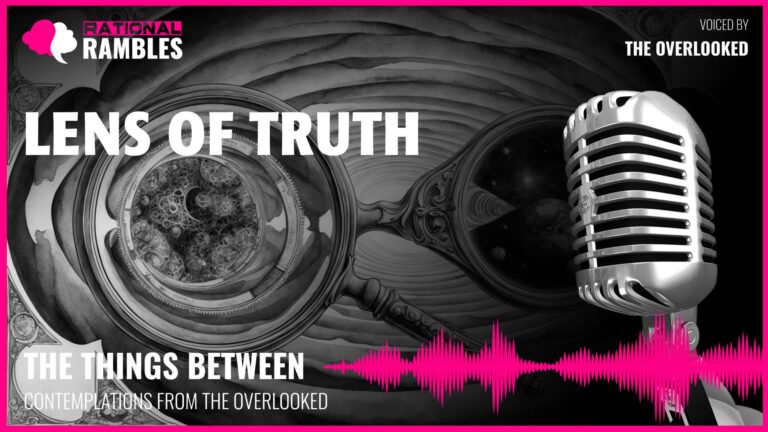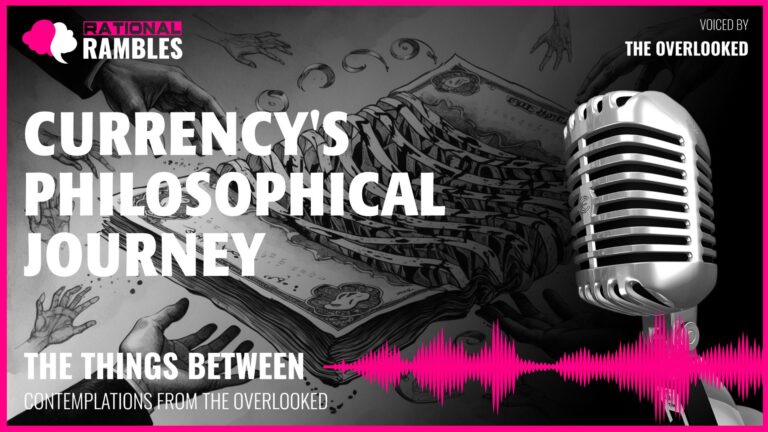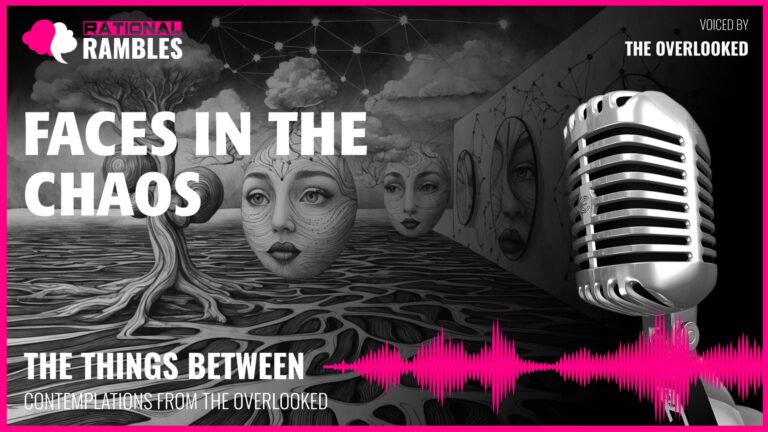Navigating the Uncharted: The Human Search for Direction in an Uncertain World
Introduction
Direction is a fundamental aspect of human existence—one that transcends mere physical orientation. From the earliest days of civilization, we have been navigators, seeking not only geographical bearings but also meaning, purpose, and a sense of place in the universe. Our ancestors gazed at stars, studied seasonal patterns, and eventually crafted tools like the compass to guide their physical journeys. Yet these same instruments of navigation serve as powerful metaphors for our deeper existential quests.
In an age of GPS technologies and instant digital mapping, we might assume that the problem of finding our way has been solved. However, the contemporary abundance of navigational tools has coincided with a growing sense of disorientation in other aspects of life. Many people report feeling adrift, uncertain about their purpose, disconnected from traditions that once provided clear pathways through life. This paradox—precise physical navigation alongside existential uncertainty—invites philosophical exploration.
This article examines the multifaceted nature of direction in human life. We will explore how orientation functions on multiple levels of existence, from the literal to the metaphorical, from the personal to the cultural. By investigating the relationship between physical direction-finding and the search for meaning, we may discover insights about human nature, the concept of purpose, and the unique challenges of navigating life in the modern world.
The Physics and Metaphysics of Direction
Before we can understand direction as an existential concept, we must first consider its physical foundations. Direction in the physical world is fundamentally relational—it exists only in reference to something else. North is meaningful only in relation to south, east, and west; up makes sense only in relation to down. This relational quality of physical direction serves as an important foundation for understanding its metaphorical extensions.
Physical Constants in a Changing World
Navigation tools like the compass function through fundamental physical properties of our planet. The Earth’s magnetic field creates poles that allow magnetized needles to align themselves, providing a constant reference point. This remarkable consistency amid the chaos of nature has served as a lifeline for travelers across centuries. Yet even this apparent constant contains subtle variations. The magnetic poles actually drift annually, revealing that what we often consider fixed is actually in flux.
This reality—constancy within change—reflects a deeper truth about orientation itself. We seek fixed points to navigate by, yet the universe rarely provides perfect stability. Even our most reliable guides contain elements of approximation. As the philosopher Heraclitus noted, “No man ever steps in the same river twice,” highlighting how change permeates everything, including our points of reference.
From Physical to Metaphysical Direction
Humans naturally extend the concept of direction beyond physical space. We speak of “moral compasses” and “spiritual directions,” revealing how deeply the metaphor of navigation has penetrated our understanding of non-physical aspects of existence. This linguistic connection isn’t merely coincidental—it reveals something fundamental about how we conceptualize abstract domains.
As George Lakoff and Mark Johnson argue in their seminal work Metaphors We Live By, such conceptual metaphors aren’t merely linguistic ornaments but essential cognitive tools that structure how we understand abstract concepts. The directional metaphor allows us to conceive of purpose, meaning, and ethical orientation through the familiar framework of physical navigation.
Consider how we describe life’s journey: we “move forward” after setbacks, feel “lost” during crises, seek “guidance” when confused, or find ourselves at “crossroads” when facing major decisions. These spatial metaphors aren’t arbitrary but reflect a deep cognitive mapping between physical navigation and existential orientation.
The Existential Compass: Purpose and Meaning as Direction
If physical direction helps us navigate space, what guides us through the landscape of existence? Philosophers throughout history have proposed various “compasses” for human life, from religious doctrine to ethical frameworks, from personal authenticity to social connection.
Purpose as Directional Force
The concept of purpose—having a reason for being or a destination toward which one strives—provides a sense of direction in life. Viktor Frankl, the psychiatrist who survived Nazi concentration camps, observed in his book Man’s Search for Meaning that those who maintained a sense of purpose were more likely to survive extreme hardship. Purpose functions as a kind of existential north, providing orientation even when all other reference points have disappeared.
Unlike a compass needle, however, humans aren’t drawn to their purpose through automatic physical forces. As Jean-Paul Sartre emphasized in his existentialist philosophy, human beings must choose their direction, creating meaning rather than discovering it pre-made. This freedom to determine one’s own “north” is both the glory and burden of human existence.
The existentialist tradition highlights an important distinction between the functioning of physical navigation tools and human orientation. A compass cannot help but point north; its directional alignment isn’t a choice but an essence of what it is. Humans, however, must actively select and commit to their directional values. This necessity of choice creates the possibility of authenticity but also the risk of disorientation.
Meaning as Cartography
If purpose provides direction, meaning might be understood as the map that contextualizes that direction. Meaning connects isolated points into coherent patterns, creating narratives that make sense of our movements through life. As the philosopher Charles Taylor argues in Sources of the Self, humans are fundamentally meaning-making creatures who cannot function without some interpretive framework that organizes experience into coherent patterns.
This mapping function explains why humans find it so disorienting when meaning systems collapse. The loss of religious faith, the breakdown of cultural traditions, or the dissolution of personal narratives can leave individuals feeling not just aimless but literally lost, unable to locate themselves in the conceptual landscape of existence.
Just as physical maps must be continually updated as territories change, our meaning systems require constant revision as we encounter new experiences, information, and perspectives. The work of maintaining an accurate existential map is never complete—it’s an ongoing process of orientation and reorientation.
Inherited Directions: Tradition, Culture, and Intergenerational Guidance
We do not begin our navigational journey from scratch. Each person inherits directional guides from previous generations—values, beliefs, practices, and wisdom passed down through family, culture, and institutions. These inherited orientations provide ready-made pathways through life, offering directional guidance based on accumulated experience.
The Value and Limitations of Inherited Maps
Cultural and familial traditions function as navigational charts drawn by those who traveled before us. These inherited guides reflect accumulated wisdom about how to navigate the complexities of existence. Religious traditions, cultural practices, family values, and social norms all provide directional cues that help orient individuals within larger meaning systems.
Edmund Burke, the 18th-century political philosopher, emphasized the value of such inheritance, arguing that traditions embody the collected wisdom of generations. For Burke, traditionalism wasn’t blind adherence to the past but recognition that navigational tools refined over centuries likely contain important insights.
However, inherited directions have significant limitations. Maps drawn for one era may not accurately represent the territory of another. Traditions developed under specific historical circumstances may not transfer well to radically different contexts. The philosopher John Stuart Mill warned against uncritical acceptance of inherited beliefs, arguing that living traditions must be continuously reassessed and renewed through critical engagement.
The Dialogue Between Generations
The transmission of directional guidance between generations isn’t simply about preserving the past but about maintaining a dialogue across time. When objects or values are passed down through generations, they become vessels for human continuity, carrying not just function but memory, connection, and identity.
Inheritance involves a complex interplay between conservation and renewal. Each new generation must determine which aspects of inherited direction to maintain and which to modify or abandon. This process involves both trust and critical assessment—trust in the accumulated wisdom of ancestors alongside recognition that times change and adaptations are necessary.
The philosopher Hans-Georg Gadamer described this as a “fusion of horizons,” where the perspective of the past meets the perspective of the present, creating new understanding. This dialogic approach to inheritance avoids both uncritical traditionalism and radical presentism, recognizing that orientation requires both continuity and adaptation.
Lost and Found: Disorientation as a Human Experience
Despite our sophisticated navigational tools and inherited wisdom, becoming lost remains a fundamental human experience. Disorientation occurs not just in physical spaces but in relationships, careers, belief systems, and personal identity. Understanding the experience of being lost—and the process of becoming found—reveals important insights about human orientation.
The Phenomenology of Disorientation
What does it mean to be lost? Phenomenologically, disorientation involves the collapse of spatial or conceptual frameworks that previously allowed us to locate ourselves. When lost, we experience a particular kind of anxiety—not just uncertainty about where to go but confusion about where we are and how spaces or concepts relate to each other.
Martin Heidegger described anxiety (Angst) as revealing the fundamental groundlessness of human existence. In moments of disorientation, we confront the contingency of our navigational systems and the absence of absolute coordinates. The philosopher Søren Kierkegaard similarly described vertigo (Svimmelhed) as the dizziness of freedom—the disorienting awareness that no external force determines our direction.
Being lost exposes the constructed nature of our orientation systems. When familiar landmarks disappear or prove unreliable, we realize how dependent we are on frameworks we typically take for granted. This can be terrifying but also revealing, stripping away assumptions and opening possibilities for new kinds of orientation.
The Value of Wandering
While disorientation can be frightening, it also holds tremendous potential for discovery and growth. Getting lost—whether literally in unfamiliar territory or metaphorically in periods of questioning and uncertainty—often leads to encounters and insights impossible to find on well-marked paths.
Friedrich Nietzsche celebrated this aspect of wandering, encouraging “dangerous” journeys away from comfortable certainties. In Thus Spoke Zarathustra, he writes: “I tell you: one must still have chaos in oneself to give birth to a dancing star.” This chaos—a form of creative disorientation—becomes necessary for original thinking and authentic living.
Similarly, Rebecca Solnit argues in A Field Guide to Getting Lost that “there’s another art of being at home in the unknown, so that being in its midst isn’t cause for panic or suffering.” This art involves developing comfort with uncertainty and recognizing that discovery requires venturing beyond established routes.
The deliberate setting aside of the compass—choosing to wander without predetermined destination—creates space for serendipity and unexpected connection. Psychogeographers and flâneurs have developed this into a practice, intentionally getting lost in urban environments to break habitual perceptions and discover overlooked aspects of familiar places.
Digital Direction: Navigation in the Age of Technology
Modern navigation technologies have transformed how humans orient themselves in physical space. GPS systems, digital maps, and location-based services provide unprecedented precision in physical navigation. These technologies have profound implications for how we understand direction, space, and our relationship to the environment.
The Transformation of Wayfinding
Digital navigation tools differ from traditional navigational instruments in significant ways. While a compass indicates direction but leaves route planning to the user, GPS systems provide turn-by-turn instructions that eliminate the need for spatial understanding. This shift changes not just how we find our way but how we experience and conceptualize space itself.
Cognitive scientists have documented how reliance on GPS navigation affects spatial cognition. When following digital directions, people tend to form less comprehensive mental maps and pay less attention to environmental features. Neuroscientists have observed reduced activity in the hippocampus—the brain region associated with spatial memory and navigation—when people follow GPS directions rather than finding their own way.
This transformation represents a fundamental shift in human orientation. Traditional navigation involved developing embodied knowledge of environments and maintaining awareness of one’s position within larger spatial contexts. Digital navigation, by contrast, reduces orientation to following discrete instructions, potentially diminishing our cognitive engagement with surroundings.
Routes Without Reasons
Digital navigation tools excel at answering “how” questions: how to get from point A to point B most efficiently. However, they rarely address “why” questions: why go to point B rather than point C, why travel at all, what meaning the journey holds. This limitation reflects a broader pattern in technological advancement, which often increases instrumental efficiency while remaining silent on questions of purpose and value.
Albert Borgmann’s philosophy of technology distinguishes between the “device paradigm” (which focuses on delivering commodities while hiding the mechanisms that produce them) and “focal practices” (which engage us holistically with means and ends). Digital navigation exemplifies the device paradigm—delivering directions as a commodity while concealing the rich processes of orientation that traditional navigation required.
The philosopher Martin Heidegger warned against the “enframing” (Gestell) tendency of modern technology, which reduces the world to a standing reserve of resources available for efficient use. Digital navigation technologies risk “enframing” space as merely a problem of efficiency rather than a realm of meaningful engagement, transforming places into interchangeable coordinates and rich journeys into optimized routes.
The Ethics of Direction: Responsibility and Choice
Direction involves not just knowing where we are going but taking responsibility for our chosen path. The freedom to determine direction comes with ethical implications about how we choose, what destinations we prioritize, and how our movements affect others.
The Responsibility of Navigation
Existentialist philosophers emphasize that the freedom to choose direction entails responsibility for those choices. Jean-Paul Sartre argued that in choosing our own path, we implicitly suggest a vision of what any human might choose. Our directional choices thus have an inherently normative dimension, proposing through action what we consider valuable or worthy of pursuit.
Direction isn’t merely a personal matter but has social and ecological implications. The paths we choose can reinforce or challenge existing social structures, benefit or harm communities, sustain or damage natural environments. Recognizing these broader impacts transforms navigation from a purely instrumental activity into an ethical practice requiring careful consideration.
Emmanuel Levinas introduced the concept of ethical orientation toward the Other—a fundamental directedness toward human faces that precedes and grounds all other forms of orientation. For Levinas, the primary compass in human existence isn’t self-interest or abstract principle but responsibility to the concrete other persons we encounter.
Questioning Destinations
The most sophisticated navigational tools cannot determine whether destinations are worth reaching. A perfectly functioning compass can guide someone toward harmful or trivial goals as effectively as toward beneficial or meaningful ones. This limitation highlights the necessity of critically examining not just our routes but our destinations.
Socrates famously argued that “the unexamined life is not worth living,” suggesting that direction without reflection leads to meaningless wandering. The Socratic approach involves continuously questioning assumed destinations rather than simply finding efficient routes to predetermined ends.
The philosopher Charles Taylor distinguishes between “strong” and “weak” evaluation. Weak evaluation considers only whether actions effectively achieve desired outcomes. Strong evaluation assesses the worth of the desires themselves—whether what we want is worthy of wanting. Ethical direction requires strong evaluation, questioning not just how to reach our goals but whether those goals deserve our pursuit.
Direction and Transformation: The Journey as Becoming
Navigation isn’t merely about moving through space but about being transformed by the journey. The paths we travel shape who we become, suggesting that direction has an ontological dimension—it influences not just where we go but who we are.
The Transformative Power of the Journey
Ancient wisdom traditions frequently employ the journey as a metaphor for personal transformation. From Odysseus’s long return to Ithaca to the Buddha’s path to enlightenment, narratives across cultures recognize that travelers are changed by their journeys. The person who arrives is not identical to the person who departed.
This transformative aspect of journeying explains why pilgrimages feature prominently in religious traditions worldwide. Pilgrimage represents not just physical travel to sacred sites but interior movement toward spiritual transformation. The external journey serves as both metaphor for and catalyst of the internal journey.
Contemporary developmental psychology confirms this ancient wisdom, recognizing that identity formation involves movement through different life stages and navigating transitional periods. Erik Erikson’s influential model of psychosocial development describes life as a series of navigational challenges, each requiring new orientations and each transforming the traveler.
Direction as Becoming Rather Than Arriving
If journeys transform travelers, then direction might be better understood as a process of becoming rather than merely arriving at destinations. This perspective shifts focus from endpoints to the quality of movement itself—how we travel rather than simply where we go.
Process philosophers like Alfred North Whitehead and Henri Bergson emphasized becoming over being, viewing reality as fundamentally characterized by change rather than static states. Applied to human direction, this perspective suggests that orientation is never complete but continuously unfolding.
The Buddhist tradition similarly emphasizes path over destination through concepts like the Eightfold Path. The goal is not reaching a final point but developing a certain quality of movement—mindful, ethical, compassionate. Direction becomes less about external landmarks and more about how we navigate moment by moment.
Trust and Uncertainty: The Dialectic of Navigation
Navigation requires a complex balance between trust and uncertainty. We must trust our instruments, maps, and guides enough to follow their direction, yet maintain awareness of their limitations and be prepared for unexpected developments.
The Necessity of Trust
Trusting our navigational tools is essential for effective orientation. Without some level of confidence in our compasses, maps, or guides, we become paralyzed by doubt, unable to move in any direction. This trust extends beyond physical tools to the conceptual frameworks and values that orient our lives.
The philosopher Ludwig Wittgenstein noted that certain foundational beliefs must be trusted without proof for any knowledge system to function. In On Certainty, he wrote: “The questions that we raise and our doubts depend on the fact that some propositions are exempt from doubt, are as it were like hinges on which those turn.” These “hinge propositions” serve as the trusted foundation that makes orientation possible.
At the same time, blindly following guidance without awareness of its limitations leads to dangerous misconceptions. The history of exploration includes many disasters resulting from excessive confidence in flawed maps or instruments. Similar dangers exist in uncritical adherence to ideological or religious directions that may reflect limited or distorted understanding.
Navigating Uncertainty
Uncertainty is an inescapable aspect of navigation. Maps are always approximations, instruments have margins of error, and territories change over time. Successfully finding our way requires not eliminating uncertainty but developing strategies for working with it productively.
The philosopher Michael Polanyi described “tacit knowing”—a form of knowledge that involves skilled navigation of uncertainty rather than its elimination. Expert navigators don’t possess perfect information but know how to interpret ambiguous signs, adapt to changing conditions, and maintain orientation despite incomplete knowledge.
This capacity for navigating uncertainty becomes increasingly important in contemporary life, characterized by rapid change and information overload. Rather than seeking absolute certainty—a futile quest in a complex world—we might focus on developing navigational virtues that help us maintain direction amid ambiguity: adaptability, critical thinking, tolerance for complexity, and comfort with provisional knowledge.
Conclusion: Toward a Philosophy of Orientation
Our exploration of direction reveals it as a multifaceted concept that operates across physical, psychological, ethical, and existential dimensions of human life. More than merely determining location, direction encompasses purpose, meaning, transformation, and responsibility.
We have seen how the simple act of finding north extends into profound questions about human existence: How do we determine what matters? What responsibilities come with choosing our path? How do we navigate inherited wisdom while facing novel circumstances? What happens when our conventional orientation systems fail?
A comprehensive philosophy of orientation might recognize several key insights:
- Direction is relational rather than absolute, involving orientation within systems of reference rather than fixed coordinates.
- Human navigation requires both trust in guiding principles and critical awareness of their limitations.
- The freedom to choose direction entails responsibility for those choices and their implications.
- Disorientation, while uncomfortable, creates possibilities for discovery and renewal.
- The quality of our journey matters as much as reaching destinations.
- Orientation involves not just finding our way but being transformed by the paths we travel.
These insights suggest that developing wisdom about direction may be one of life’s most important tasks. In a world of increasingly sophisticated navigational technologies but growing existential uncertainty, learning to orient ourselves meaningfully becomes both more challenging and more essential.
Perhaps we might understand wisdom itself as a kind of meta-orientation—not a specific direction but the capacity to navigate thoughtfully among possible directions, to question destinations while maintaining movement, to trust guides without surrendering critical judgment, and to recognize that the ultimate purpose of finding our way is not merely arriving somewhere but becoming someone.
As we continue our individual and collective journeys, we might remember that the compass is not just a tool but a metaphor for the human condition: oriented by forces larger than ourselves, constantly seeking true north amid fluctuation and uncertainty, capable of guiding others while remaining aware of our own limitations. In this recognition lies both humility and hope—the knowledge that while perfect orientation may elude us, meaningful direction remains possible.


